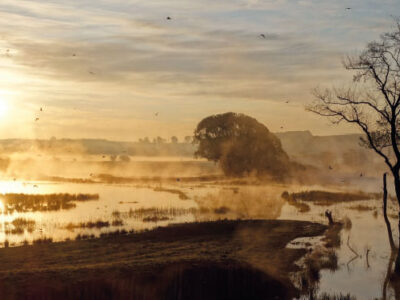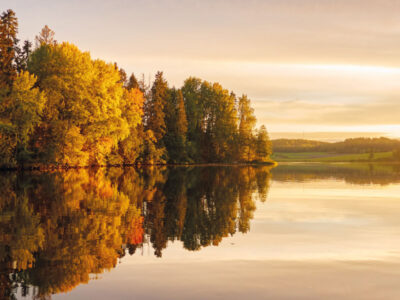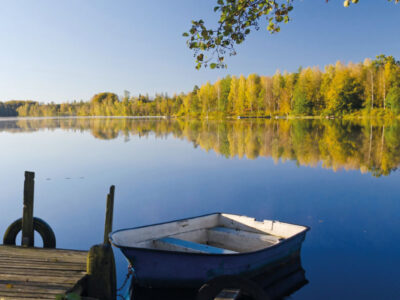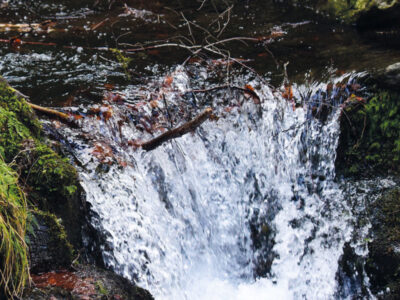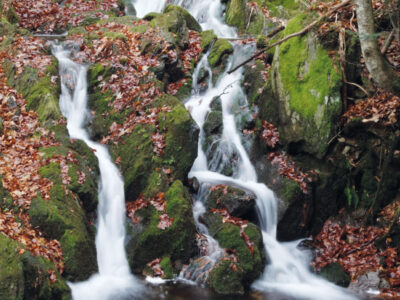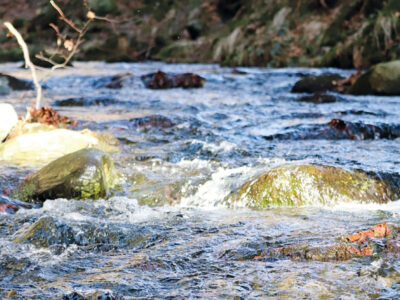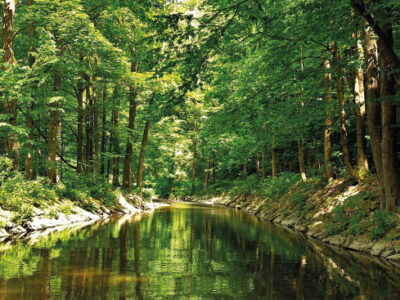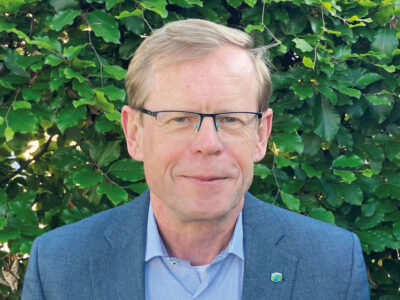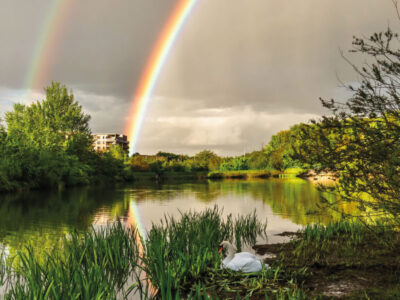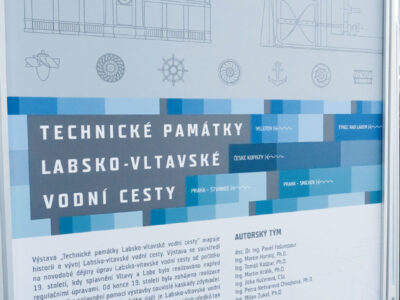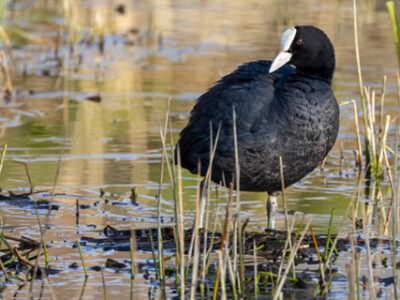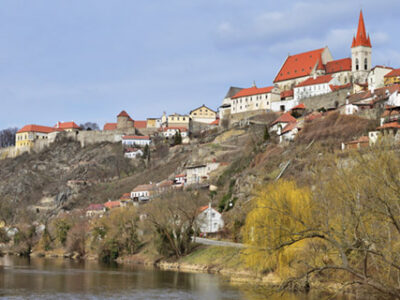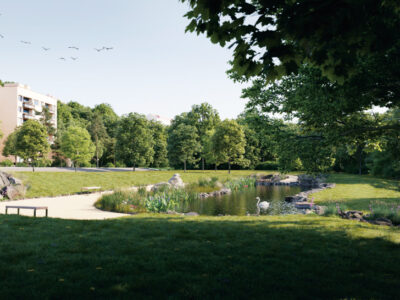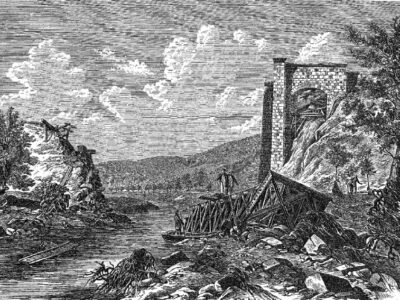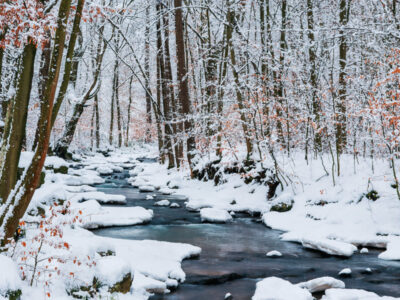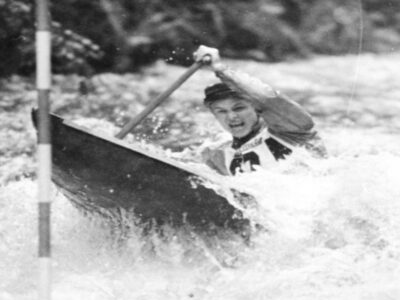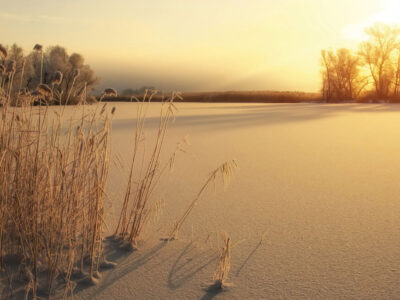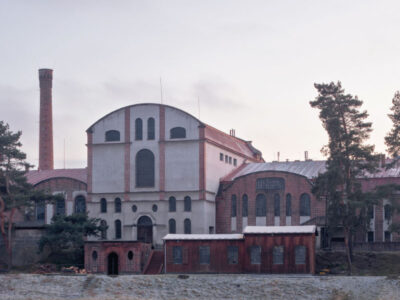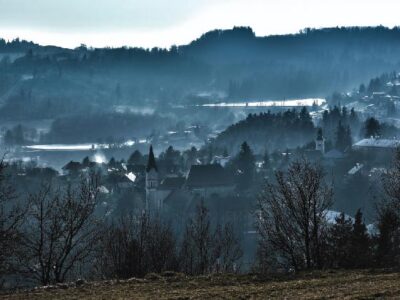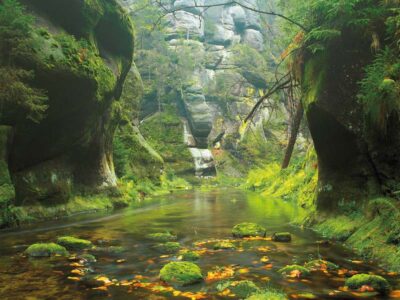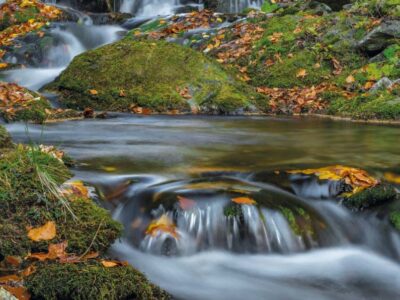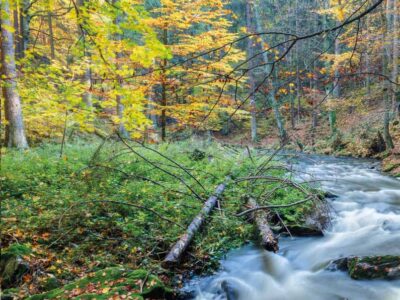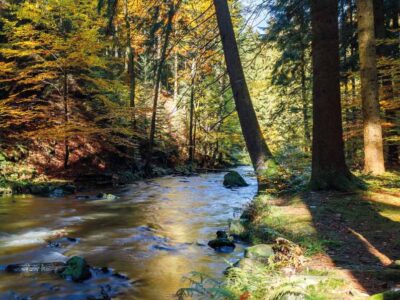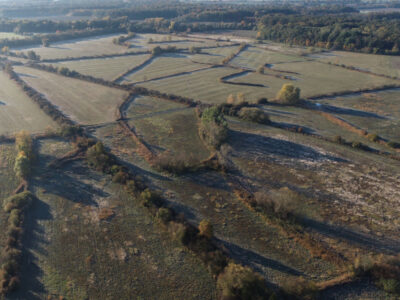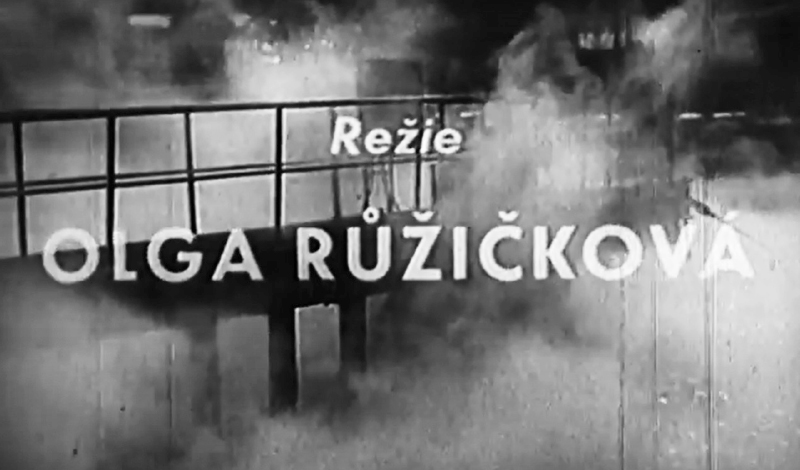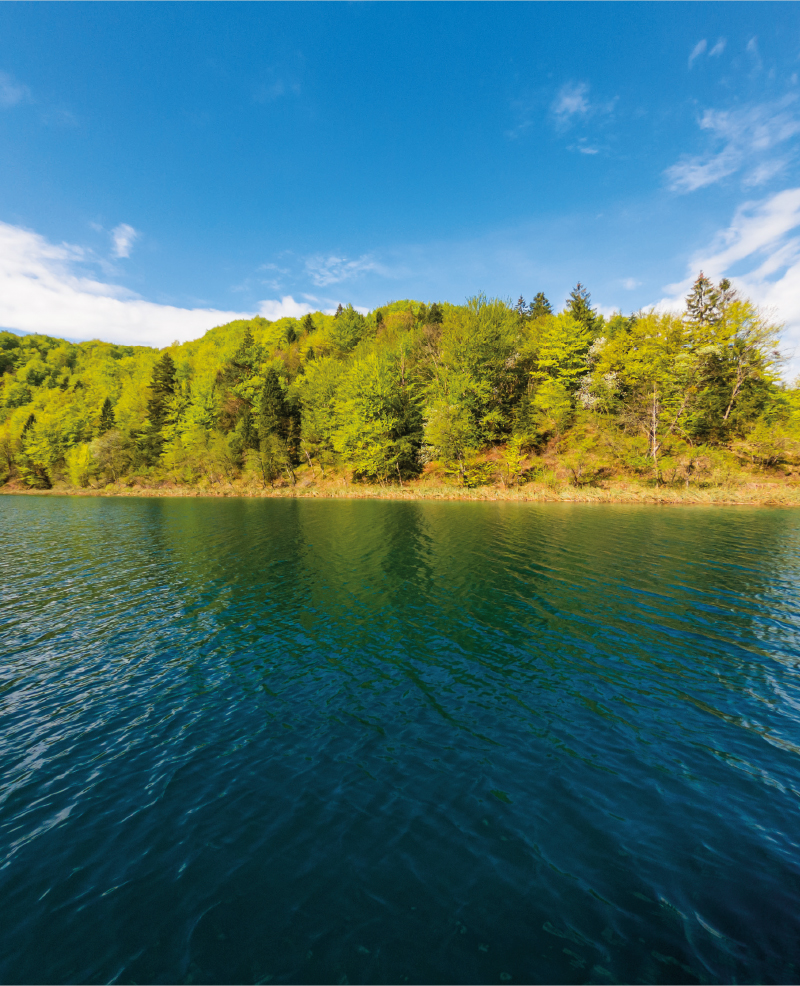Kozmice bird meadows and their importance for nature and landscape
Alluvial wetlands and alluvial meadows (often referred to as “wet” in the literature) are one of the types of habitats that, with the gradual develop-ment of the cultural landscape, suffered the greatest transformation and often complete disappearance; in the Czech Republic, the most significant transformation by the transfer to field crops together with land improvement peaked roughly in the 1970s. Discussions about the importance of wetlands have, however, been revived in different periods; the factors that trigger these discussions are mainly floods and drought, which is clearly indicated by the drought that started in 2015. In their name, alluvial wetlands and meadows indicate that they are situated in a river landscape and are in periodic or constant contact with the surface water of larger rivers and groundwater, including the hyporeal. It is therefore obvious that these landscape elements are at least locally important for the cycle of water and chemical substances in the river landscape.
